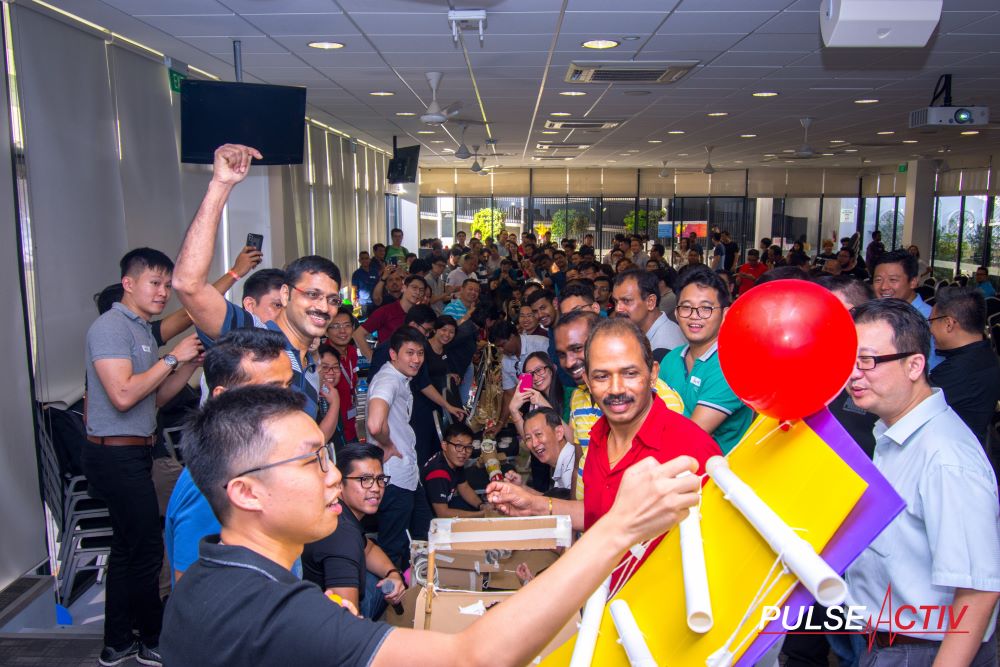Combating Age Bias at Work: How to Build a Fair and Inclusive Workplace
Age bias is a real issue that can make the workplace feel unwelcoming and unfair. Whether it’s the assumption that older employees are out of touch or that younger employees lack experience, these stereotypes can hurt morale and productivity. Tackling age bias is essential for creating a workplace where everyone, regardless of age, feels valued and empowered. Here’s how to address age bias and foster a truly inclusive work environment.
1. Spot and Challenge Stereotypes
Know the Biases: Age bias often comes from stereotypes, like thinking older workers are slow to adapt or that younger workers are unreliable. Recognizing these stereotypes is the first step in overcoming them. Encourage open conversations about age-related biases and their impact on team dynamics.
Raise Awareness: Offer training sessions or workshops that focus on age diversity. These can help everyone, including leaders, become more aware of their own biases and learn how to address them constructively.
2. Cultivate a Culture of Respect
Celebrate All Ages: Highlight the benefits of having a diverse age range in your workforce. Share stories of how different experiences and perspectives contribute to success and innovation. Make it a point to recognize and celebrate achievements from employees of all ages.
Promote Open Communication: Create a space where employees feel comfortable talking about their concerns and experiences related to age bias. Regularly seek feedback and address any issues transparently and promptly.
3. Fair Hiring and Promotion Practices
Focus on Skills: When hiring or promoting, look at skills, qualifications, and experience rather than age. Use clear criteria and structured interviews to ensure decisions are based on merit.
Diverse Panels: Include a diverse group of people in hiring and promotion decisions. This helps reduce biases and ensures that evaluations are fair and balanced.
4. Offer Opportunities for Everyone
Ongoing Development: Provide training and development opportunities for all employees. Encourage lifelong learning and make sure everyone has access to resources that help them stay up-to-date with industry trends.
Mentorship Programs: Set up mentorship programs that pair employees from different age groups. This helps share knowledge and fosters mutual respect and understanding between generations.
5. Fair Performance Reviews
Be Objective: Ensure that performance reviews are based on concrete achievements and specific goals rather than age-related assumptions. Give clear, constructive feedback and focus on what each employee brings to the table.
Train Managers: Make sure managers are trained to conduct unbiased performance reviews. This helps minimize age bias and ensures that all employees are evaluated fairly.
6. Supportive Work Policies
Flexible Options: Offer flexible work arrangements to meet the needs of employees at different stages of life. This could include options for remote work, flexible hours, or phased retirement plans.
Inclusive Benefits: Make sure employee benefits are designed to meet the diverse needs of your workforce. Think about wellness programs, family support services, and retirement planning that cater to all age groups.
7. Lead by Example
Model Inclusivity: Leaders should set an example by showing respect and fairness in all interactions. Their behavior can help create a workplace culture where age bias is actively challenged and addressed.
Promote Accountability: Make sure there are clear policies for reporting and addressing age bias. Hold everyone, including leadership, accountable for maintaining an inclusive environment.
Conclusion
Addressing age bias in the workplace is about creating a space where everyone feels respected and valued. By spotting and challenging stereotypes, fostering a culture of respect, ensuring fair practices, and supporting all employees, you can build a more inclusive and dynamic team. Embrace the diversity of your workforce, and you’ll find that the varied experiences and perspectives of all age groups can drive innovation and success.
To head back to read another article in our blog, click here.

